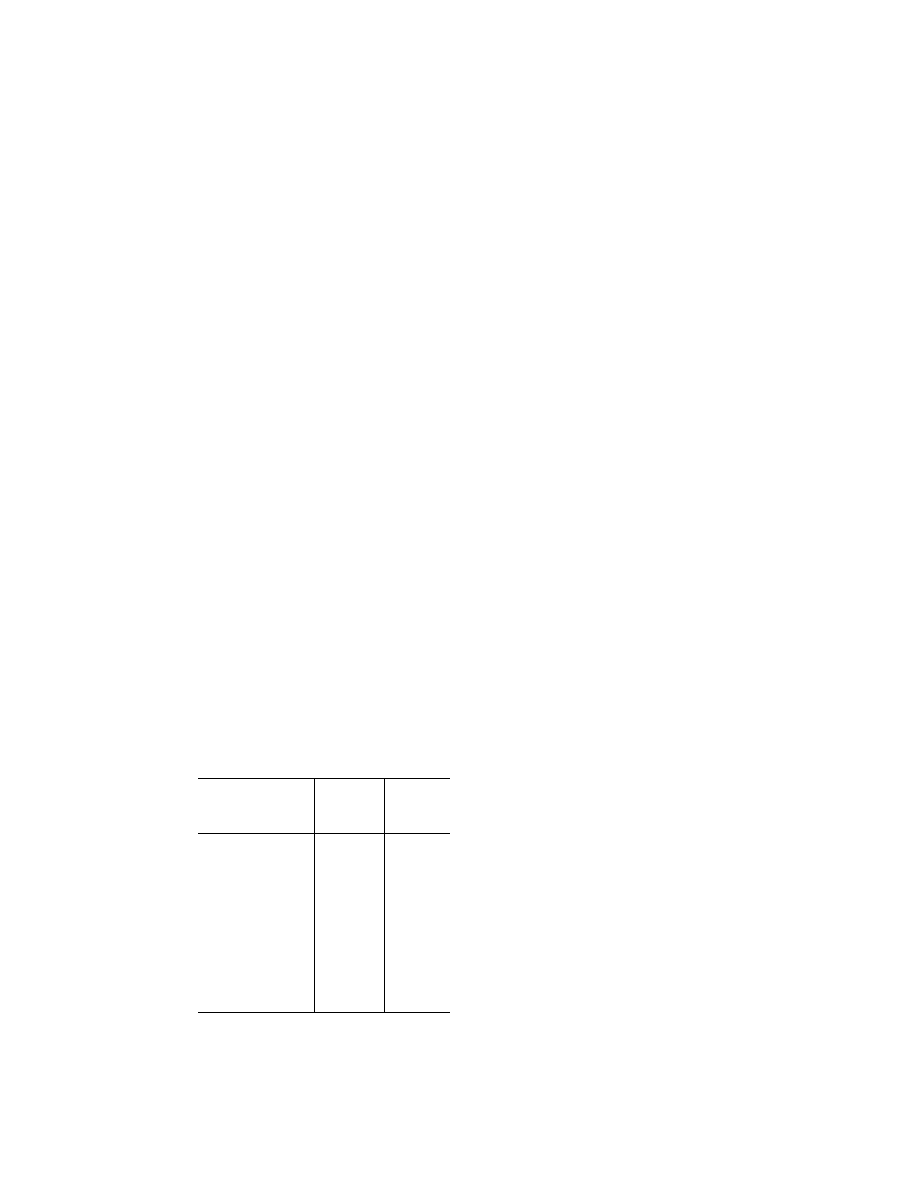
765
Federal Aviation Administration, DOT
§ 91.607
plus the length of the stopway (if
present); and
(2) The takeoff distance is no greater
than the length of the runway plus the
length of the clearway (if present); and
(3) The takeoff run is no greater than
the length of the runway.
[Doc. No. 18334, 54 FR 34318, Aug. 18, 1989, as
amended by Amdt. 91–256, 63 FR 8321, Feb. 18,
1998]
§ 91.607
Emergency exits for airplanes
carrying passengers for hire.
(a) Notwithstanding any other provi-
sion of this chapter, no person may op-
erate a large airplane (type certificated
under the Civil Air Regulations effec-
tive before April 9, 1957) in passenger-
carrying operations for hire, with more
than the number of occupants—
(1) Allowed under Civil Air Regula-
tions § 4b.362 (a), (b), and (c) as in effect
on December 20, 1951; or
(2) Approved under Special Civil Air
Regulations SR–387, SR–389, SR–389A,
or SR–389B, or under this section as in
effect.
However, an airplane type listed in the
following table may be operated with
up to the listed number of occupants
(including crewmembers) and the cor-
responding number of exits (including
emergency exits and doors) approved
for the emergency exit of passengers or
with an occupant-exit configuration
approved under paragraph (b) or (c) of
this section.
Airplane type
Maximum
number of oc-
cupants in-
cluding all
crewmembers
Corresponding
number of
exits author-
ized for pas-
senger use
B–307 ................................
61 4
B–377 ................................
96 9
C–46 ..................................
67 4
CV–240 ..............................
53 6
CV–340 and CV–440 ........
53
6
DC–3 .................................
35 4
DC–3 (Super) ....................
39
5
DC–4 .................................
86 5
DC–6 .................................
87 7
DC–6B ...............................
112 11
L–18 ...................................
17 3
L–049, L–649, L–749 ........
87
7
L–1049 series ....................
96
9
M–202 ................................
53 6
M–404 ................................
53 7
Viscount 700 series ...........
53
7
(b) Occupants in addition to those au-
thorized under paragraph (a) of this
section may be carried as follows:
(1) For each additional floor-level
exit at least 24 inches wide by 48 inches
high, with an unobstructed 20-inch-
wide access aisleway between the exit
and the main passenger aisle, 12 addi-
tional occupants.
(2) For each additional window exit
located over a wing that meets the re-
quirements of the airworthiness stand-
ards under which the airplane was type
certificated or that is large enough to
inscribe an ellipse 19
×
26 inches, eight
additional occupants.
(3) For each additional window exit
that is not located over a wing but that
otherwise complies with paragraph
(b)(2) of this section, five additional oc-
cupants.
(4) For each airplane having a ratio
(as computed from the table in para-
graph (a) of this section) of maximum
number of occupants to number of
exits greater than 14:1, and for each
airplane that does not have at least
one full-size, door-type exit in the side
of the fuselage in the rear part of the
cabin, the first additional exit must be
a floor-level exit that complies with
paragraph (b)(1) of this section and
must be located in the rear part of the
cabin on the opposite side of the fuse-
lage from the main entrance door.
However, no person may operate an
airplane under this section carrying
more than 115 occupants unless there is
such an exit on each side of the fuse-
lage in the rear part of the cabin.
(c) No person may eliminate any ap-
proved exit except in accordance with
the following:
(1) The previously authorized max-
imum number of occupants must be re-
duced by the same number of addi-
tional occupants authorized for that
exit under this section.
(2) Exits must be eliminated in ac-
cordance with the following priority
schedule: First, non-over-wing window
exits; second, over-wing window exits;
third, floor-level exits located in the
forward part of the cabin; and fourth,
floor-level exits located in the rear of
the cabin.
(3) At least one exit must be retained
on each side of the fuselage regardless
of the number of occupants.
VerDate Mar<15>2010
20:48 Jan 30, 2014
Jkt 232047
PO 00000
Frm 00775
Fmt 8010
Sfmt 8010
Q:\14\14V2.TXT
ofr150
PsN: PC150